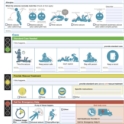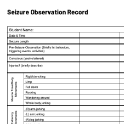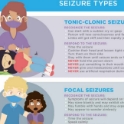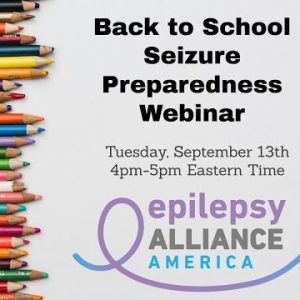Thank you for completing the Seizure First Aid Training for School Personnel. Here are Resources referenced during the training for your use.
If you have questions please don’t hesitate to reach out to Lisa Gallipoli at lisa.gallipoli@epilepsyallianceamerica.org.
Seizure Response and First Aid
Watch this 5 minute video where Dr. Kate Labiner walks you through the T.R.U.S.T acronym for Seizure First Aid as well as how to care for someone post-seizure.

Seizure First Aid Training conducted by our Member Organizations
Thank you for completing the On Demand training. Here you can explore in-person and other training options available for you and your colleagues from our member organizations.

Rescue Medications Training Videos (English and Spanish)
As you learned in the training, there are many types of rescue medications your doctor can prescribe. These videos demonstrate how to administer the most common types usually prescribed.

Seizure Action Plan
Available in both English and Spanish
You learned in the training that a Seizure Action Plan (ASAP) is a document that provides detailed health and medical information about an individual and their epilepsy or seizure disorder. The Seizure Action Plan provides guidelines regarding how to respond when and individual is experiencing a seizure. This document will include input from the individual’s guardian, physician, and/or neurology specialist.

EAA Seizure Observation Record
Part of a person’s Seizure Action Plan typically includes timing and observing the seizure – and then reporting that information to the person and their care partners. This is a sample Seizure Observation Record you can download and use.

Seizure First Aid Posters
You can download posters for your school from this page.

Videos from the Training
During the training you listened to real children with epilepsy share their experiences. The videos included in the training are here for you rewatch and/or share with your colleagues or students

National Association of School Nurses: NASN has a suite of trainings and resources available for School Nurses.
